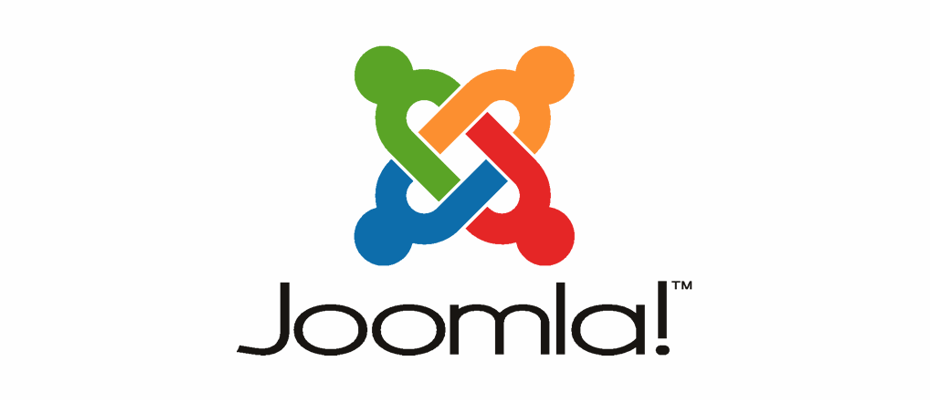Continuing the thread from our previous post regarding the launch of a website dedicated to training courses or conference, let us look at the strengths and weaknesses of the Joomla system today.
Joomla is the second, after WordPress, the most-chosen web content management system (CMS) in the world (source: https://websitesetup.org/popular-cms/) with a market share of 6.6%. It is constantly developed by the programming community. The installation of the system is very simple and requires no knowledge of any programming languages.
Strengths
Joomla is a bit more complicated to use than WordPress, but at the same time it is more functional and has more possibilities to adapt to individual needs. If your training offer requires a website with many tabs and extensive navigation, then Joomla is just for you. CMS enables the creation of many arbitrarily complex, multi-level menus and placing them on the selected pages, provides the possibility of linking to subpages, external sources or various extensions (add-ons and components). For example, you can create a main menu with general training categories, and on individual subpages, present an additional menu dedicated to the given field of training.
Undoubtedly, the strong point of Joomla is the ability to edit graphic templates, and it is not only about colors. Knowing the basics of HTML we can freely modify the template, changing the position of modules or adding new ones. In addition, we can assign different templates to different pages, so we can design a completely different look of the website in the selected places. Joomla’s flexibility in this area is virtually unlimited.
Joomla as a standard supports multilingual site, and its activation is much simpler and doesn’t require interference in the source code, as is the case with WordPress. Language versions are built on the basis of the same domain, without the need to use subdomains.
It is also worth mentioning the free Akeeba Backup extension, thanks to which we can independently back up the website. At the same time, the add-on performs an automatic backup before each system update, securing the files against an update failure.
Joomla has a very well-resolved media management module. You can create any directory structure in it and upload files to the right places. This allows you to maintain order and easily find the right materials.
Weaknesses
The lower popularity of the system is associated with a smaller availability of various extensions of system functionality, especially graphic templates. The list of available templates containing animated elements is much shorter than in the case of WordPress.
The same applies to various add-ons, including tools for optimizing the website. The choice is small – it looks like developers prefer to create add-ons for the more popular WordPress system.
Summary
Joomla is a system designed for more complex sites, including multi-level navigation and many graphic templates. The flexibility of the system allows you to develop a freely developed website, however, at the cost of less intuitive handling. The system can be recommended for companies whose training offer is wide and requires extensive presentation.







